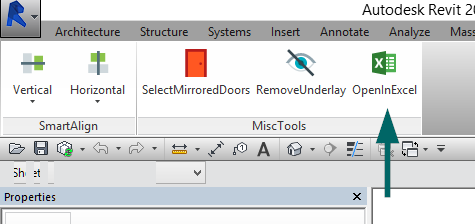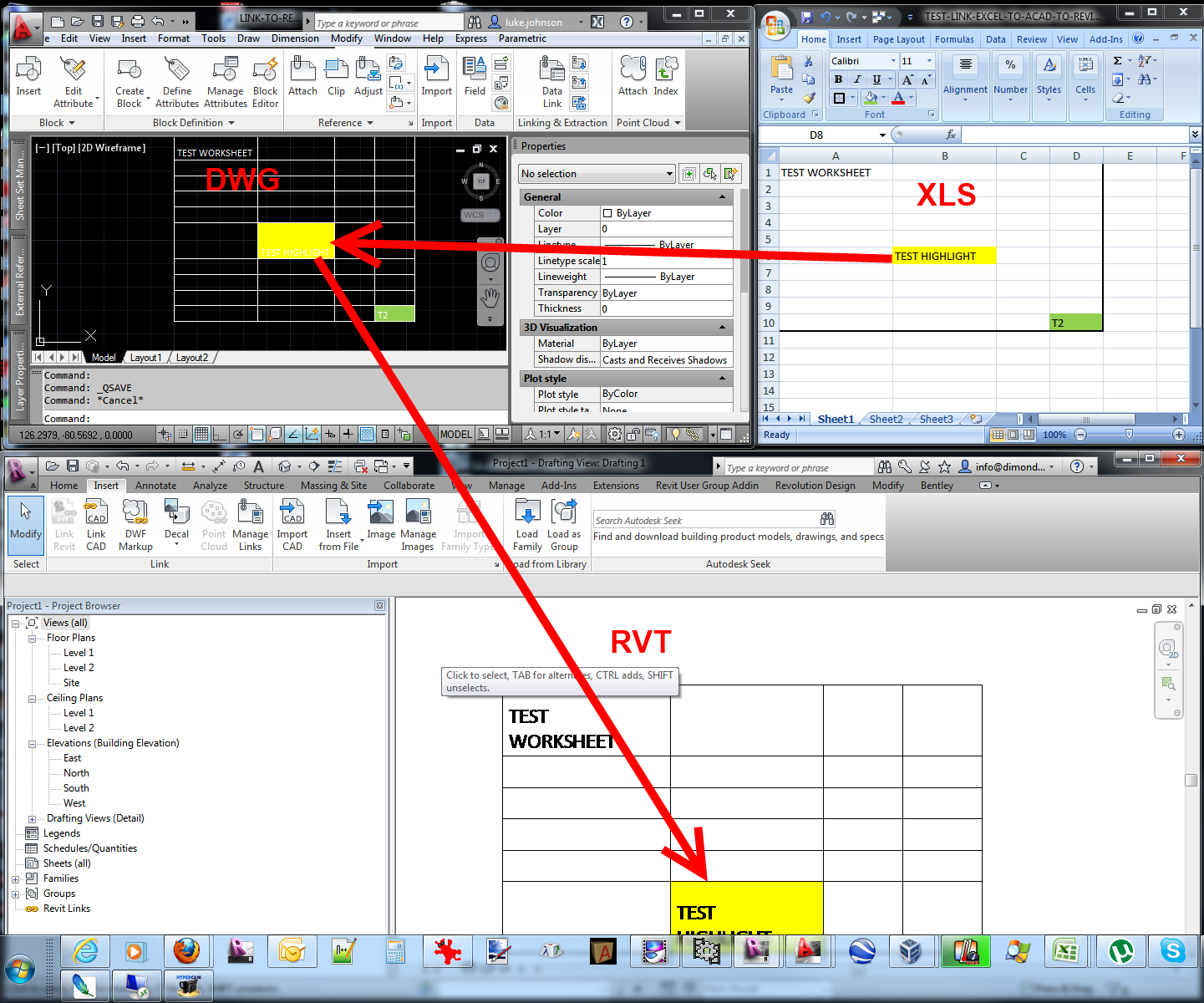Elevate Your Revit Experience with Important Revit Tools and Add Ins
Wiki Article
Grasping the Art of Information Integration: Exactly How to Seamlessly Import Excel Files Into Revit
In this post, we will certainly assist you via the procedure of understanding the art of information assimilation. Obtain ready to prepare your Excel data effortlessly and follow our step-by-step guide to import files into Revit. With our best practices, you'll achieve data integration success in no time.Understanding the Relevance of Information Combination in Revit
Understanding the significance of information combination in Revit is vital for smooth importing of Excel data. When you integrate data from Excel into Revit, it allows you to efficiently upgrade and take care of information throughout the entire task. This integration makes certain that your layout and building and construction procedure is exact and updated.By incorporating data, you can easily import and upgrade specifications, schedules, and also geometry in Revit. This gets rid of the requirement for manual information entry, conserving you time and minimizing the danger of mistakes. With Revit's information integration capacities, you can preserve consistency and precision in your job, while also boosting partnership amongst staff member.

Discovering the Excel Documents Style for Revit Combination

In order to efficiently incorporate Excel data right into Revit, it is crucial to make certain that the information is formatted properly. This consists of effectively identifying columns and rows, along with structuring the data in such a way that is suitable with Revit's data schema. Revit makes use of certain parameters and categories to arrange data, so it is essential to line up the Excel information with these specifications to ensure a smooth integration.
In addition, it is very important to keep in mind that Revit only sustains certain information types when importing from Excel. These consist of text, numbers, and days. Any other information types, such as solutions or conditional format, will not be identified by Revit and may trigger issues throughout the integration process.
Preparing Your Excel Information for Seamless Import Into Revit
To make sure a smooth assimilation procedure, you'll need to correctly style and label the columns and rows in your Excel data before importing it into Revit. Begin by examining your Excel data and determining which columns and rows include appropriate info for your Revit task.Following, make certain that the information in each column is effectively formatted. As an example, if you have a column for measurements, make certain that all measurements are consistently formatted in the exact same systems of measurement. Revit depends on consistent format to properly additional info analyze and import information.
Furthermore, it is essential to check for any vacant cells or variances in your data. Revit may not have the ability to review or import information from cells that are empty or contain mistakes. As a result, it is suggested to review your Excel information and tidy up any type of variances before importing it right into Revit.
Step-By-Step Overview to Importing Excel Data Into Revit
Once you have actually effectively formatted and labeled your Excel information, you can quickly import it into Revit by following this step-by-step guide. To begin, open Revit and browse to the "Insert" tab. Click on "Import CAD" and pick "Import Excel" from the dropdown food selection. A brand-new home window will show up, asking you to locate the Excel documents you wish to import. Search your computer system and choose the Excel file, after that click "Open."Next, a dialog box will certainly appear, enabling you to tailor the import settings. Below, you can select the worksheet you wish to import, specify the array of cells to import, and select the proper units for your data. As soon as you have actually made your selections, click "OK" to proceed.
Revit will certainly now show a sneak peek of your Excel data. Take a minute to review the preview and make certain that everything looks appropriate. If required, you can make changes to the import settings by clicking on the "Setups" switch.
Best Practices for Information Assimilation Success in Revit
Make sure you comply with these finest techniques to ensure successful combination of data in Revit. It is crucial to organize your data in Excel before importing it into Revit. This implies making certain regular calling conventions, proper formatting, and accurate data representation. Next, make use of Revit's built-in tools for data mapping. This will enable you to match the columns in your Excel data with the corresponding parameters in Revit. Bear in mind the data and units types when mapping the information, as any kind of discrepancies can result in errors in the integration process.An additional vital technique is to regularly confirm and upgrade your data. As your task proceeds, it is vital to keep your Excel file approximately date with any adjustments made in Revit. This will help maintain the precision and consistency of your information across both platforms. In addition, use information recognition tools this post within Revit to recognize any type of mistakes or variances in the integrated data.
Lastly, it is suggested to develop a clear process for information integration. This consists of defining functions and responsibilities, establishing a communication network in between staff member, and developing a routine tempo for information updates and evaluations. By adhering to these best methods, you can make certain a seamless and effective combination of information in Revit, ultimately enhancing the performance and accuracy of your project.
Final Thought
Finally, mastering the art of data assimilation is crucial for seamless import of Excel submits right into Revit. Recognizing the significance of information assimilation in Revit is the primary step towards successful combination. Discovering the Excel documents layout for Revit integration helps in comprehending the click here now demands and constraints. Preparing the Excel data appropriately and adhering to a detailed overview is crucial for a smooth import procedure. By following best practices, you can ensure data integration success in Revit and make the most out of your project.When importing information from Excel right into Revit, it is vital to recognize the documents style and exactly how it can affect the integration procedure (revit add ins). Revit uses details criteria and classifications to organize data, so it is vital to line up the Excel information with these parameters to ensure a seamless integration
Be conscious of the data and devices types when mapping the data, as any kind of inconsistencies can lead to mistakes in the assimilation procedure.
Additionally, make usage of information validation devices within Revit to determine any mistakes or variances in the integrated information.

Report this wiki page